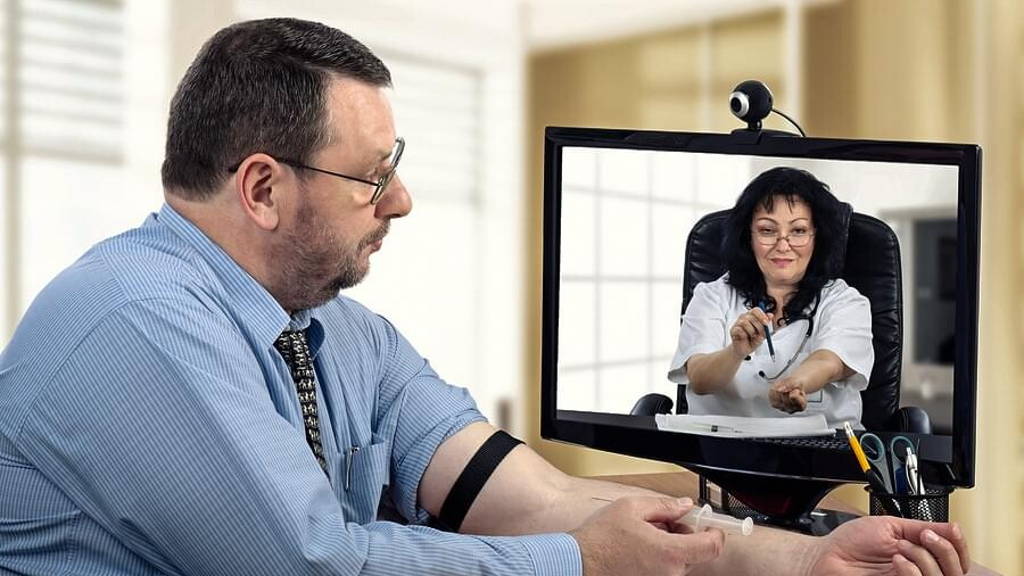Implementing telemedicine is not as easy as one might think. Chief Value and Informatics Officer Tripp Jennings and Telehealth Manager Amelia Bischoff of Palmetto Health described some of the challenges they faced when implementing telemedicine in their six hospitals. Communication, as it turns out, is key in implementing telemedicine throughout an organisation.
Another internal problem arose when the marketing department felt there was a lack of communication and pulled the plug after a budget cut. Jennings stated that the health system definitely learned their lesson: “When you have something that’s so consumer-focused and you don’t tell consumers about it, you screwed up.”
Telemedicine for the whole organisation
Jennings and Bischoff found that although physicians were initially eager to implement telemedicine, it soon turned out that the physicians wanted to implement it for each individual practice. This created a problem: implementing telemedicine to just cater one disease or specialty at the time is too expensive. The only way to truly implement telemedicine, is to create a telemedicine program for the whole organisation, Palmetto Health realised. To do so, they worked together with all physician leaders to create telemedicine priorities for the whole organization.Telehealth in the whole organisation
A big problem with implementing innovation — of any kind — is the disconnect between those higher up and the ‘boots on the ground’. The strategic plan developed by Palmetto Health takes this into account. The program makes sure that not only patients are educated in telemedicine, but internal teams as well. This has to make sure that senior leadership and staff are both able to communicate about telemedicine and the implementation thereof. Communication, states Bischoff, is the only way to truly adopt telehealth and build it into the structure.Marketing is key
Ultimately Palmetto Health has managed to create a few different telehealth programs, including specialty programs and a direct-to-consumer telehealth platform. The latter especially asked for a marketing plan, since consumers would not be able to physically spot the new virtual care offering.Another internal problem arose when the marketing department felt there was a lack of communication and pulled the plug after a budget cut. Jennings stated that the health system definitely learned their lesson: “When you have something that’s so consumer-focused and you don’t tell consumers about it, you screwed up.”








